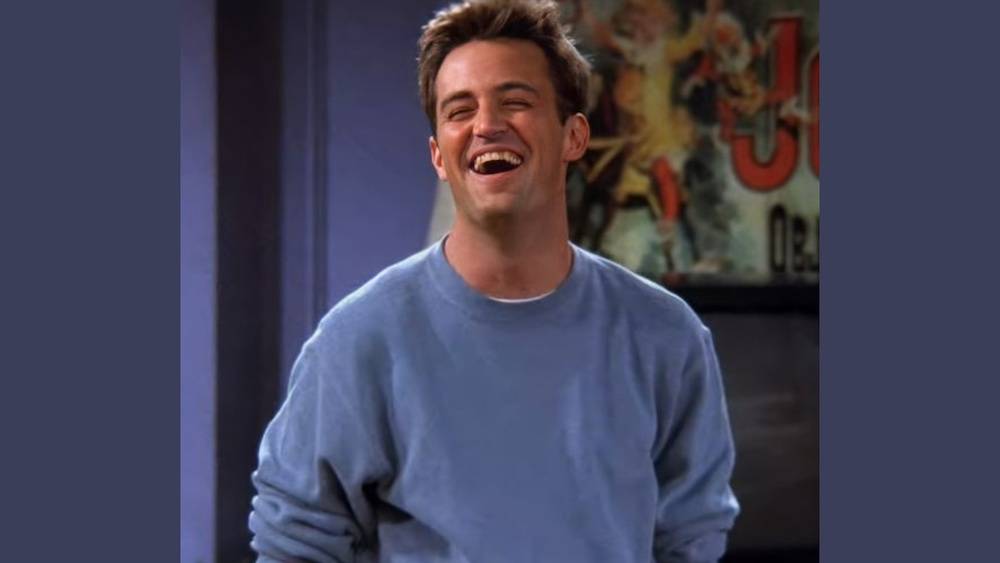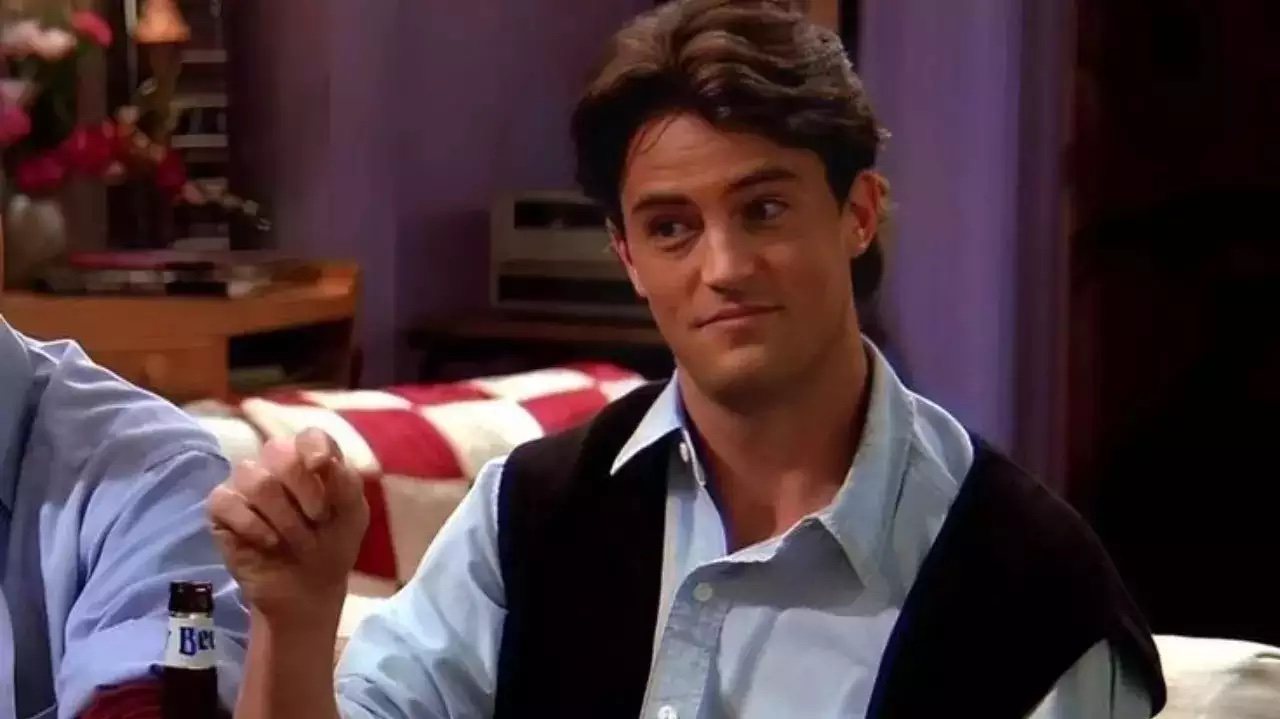Preventing Child Drowning In Chandler Arizona: Keeping Our Kids Safe Near Water
The thought of a child getting into trouble near water is a parent's worst nightmare, and tragically, it is a concern that hits close to home for many in Chandler, Arizona. Our community, like many others with abundant sunshine and backyard pools, faces the very real need to talk about water safety. These discussions are not easy, yet they are absolutely vital for the well-being of our young ones. Every incident, every moment of fear, really, reminds us how quickly things can change around water, and how much vigilance matters.
Recent events, as you know, have brought this issue into sharp focus. There was a young boy, pulled from a Chandler city pool one Sunday night, who later died. Officials shared that the aquatic center was rented out for a private event, and a lot of people, maybe up to 80, were there. Then, too, we heard about a toddler in the East Valley who was fighting for his life after being pulled from a backyard pool on a Monday evening. These stories, unfortunately, are not isolated incidents; they underscore a persistent challenge we face as a community.
This article aims to shed light on the serious nature of child drowning incidents in our area. We will talk about prevention, and how we can work together to keep our children safe. It's about understanding the risks, putting safety steps in place, and making sure everyone knows what to do. Basically, our goal is to help families and neighbors learn ways to protect young lives near pools and other water spots. We can, you know, make a difference.
Table of Contents
- The Stark Reality of Water Incidents in Chandler
- Where Incidents Happen: City Pools vs. Backyard Pools
- Layers of Protection: Essential Safety Measures
- The Community's Role in Water Safety
- What to Do in a Water Emergency
- Addressing the Emotional Impact
- Frequently Asked Questions
The Stark Reality of Water Incidents in Chandler
Water, especially in a place like Chandler, Arizona, is a source of joy and relief from the heat. Yet, it also brings a very serious risk, particularly for young children. We have heard about the loss of young lives, like Trigg Kiser, who died on May 18 after being pulled from his family's pool in Chandler, Arizona. This happened six days earlier, police and court documents show. These are not just news stories; they are, in fact, real tragedies that affect families and ripple through our neighborhoods.
The numbers, you know, can be hard to look at, but they tell us a lot. Drowning is a leading cause of accidental death for young children, especially those under the age of five. This is a problem that needs our full attention. It's not just about what happened, but about what we can do to prevent it from happening again. Every incident is a reminder that even a brief lapse in attention near water can have devastating consequences, so it's almost a constant concern.
Understanding the reality of these events helps us approach water safety with the seriousness it deserves. It pushes us to consider every possible way to make our water environments safer for children. We have a responsibility to learn from these difficult situations and to put better practices into place. This means, really, a shift in how we think about water and kids.
Where Incidents Happen: City Pools vs. Backyard Pools
When we talk about child drowning incidents in Chandler, Arizona, it's clear they can happen in various settings. We have seen cases involving city pools, even when they are rented out for private gatherings with many people present. A young boy, as mentioned, was pulled from a city pool during a private event with up to 80 attendees. This shows that even in what might seem like a controlled environment, risks can still be present.
Backyard pools, however, appear to be a more frequent location for these sad events. The case of Trigg Kiser, pulled from his family's pool, is one example. Another incident involved an East Valley toddler fighting for his life after being pulled from a backyard pool. The nature of backyard pools, being so close to home, can sometimes lead to a false sense of security. People might think, "It's just our pool," or, "I'll only be a minute," but those brief moments are, quite often, when trouble starts.
Both public and private pools have their own unique challenges when it comes to child safety. Public pools might have lifeguards, but they can also be crowded, making it hard to keep track of every child. Backyard pools lack the constant professional oversight, placing the full responsibility on homeowners and caregivers. It means, you know, we need to be aware of the specific dangers in each setting to truly protect our children.
Layers of Protection: Essential Safety Measures
Protecting children around water calls for a multi-faceted approach. There isn't just one thing that will keep a child safe; it's a combination of actions and safeguards that create layers of protection. Thinking about water safety in terms of these layers helps ensure that if one safety measure fails, another is there to back it up. So, this strategy is really about building a strong safety net for our kids.
These layers include constant supervision, physical barriers, teaching water skills, and knowing how to respond in an emergency. Each layer plays a crucial part in reducing the risk of drowning. It's about being proactive and thoughtful in how we manage water environments. We can, you know, make a big difference by putting these steps into practice every single time.
Constant and Undivided Supervision
This is, arguably, the most important layer of protection. When children are near water, an adult must watch them without distraction. This means putting away phones, avoiding conversations that take your attention away, and not doing other tasks. It's not enough to be in the same area; you need to be actively watching, very focused on the child or children in the water. One person should be designated as the "water watcher" and their only job should be to observe the children. This role can be passed from one adult to another, but it should always be clear who is watching.
Drowning can happen silently and very quickly. A child in distress often doesn't splash or call for help like in the movies. They can slip under the water in just moments. This is why constant, undivided attention is so critical. Even if a child knows how to swim, supervision is still necessary. Accidents can happen to anyone, at any skill level. So, you know, never assume a child is completely safe just because they have had lessons.
For private events at pools, like the one at the Chandler city aquatic center, the importance of supervision multiplies. With up to 80 people, it can be easy to assume someone else is watching. However, this shared responsibility can sometimes lead to no one truly being in charge of watching the children in the water. Clear communication about who is supervising, and how many adults are doing so, is vital. It's almost like a team effort, but with very clear roles.
Effective Barriers and Alarms
Physical barriers are another essential layer, especially for backyard pools. A proper fence around a pool is a must. This fence should be at least four feet high and have self-closing, self-latching gates that open outward. The latch should be high enough so a child cannot reach it. This barrier prevents unsupervised access to the pool. It is, you know, a critical line of defense.
Beyond fences, consider other barriers like pool covers that are strong enough to support a child's weight. Door alarms on all doors and windows that lead to the pool area can also alert you if a child goes outside unnoticed. These alarms provide an extra warning system. So, in some respects, they give you a precious few seconds to react if a child manages to get near the water.
For inflatable pools or spas, which might seem less dangerous, remember that any amount of water can pose a risk. These should be emptied immediately after use. It's about making sure that access to water is always controlled and that there are physical obstacles in place to prevent accidental entry. A strong barrier, actually, buys you time.
The Importance of Swim Lessons
Teaching children to swim is a key skill that can save a life. Swim lessons can teach children water safety skills and how to float or get to the side of a pool. It's important to note that swim lessons do not make a child "drown-proof." They are one important layer of protection, but they do not replace the need for supervision or barriers. They simply give a child a better chance if they do end up in the water unexpectedly.
Children can start learning basic water skills at a young age, typically around age one. There are many programs available in Chandler that offer lessons tailored to different age groups and skill levels. Look for instructors who are certified and have experience teaching young children. The goal is not just to teach strokes, but to teach water comfort and safety practices. This is, you know, a lifelong skill that offers real benefits.
Even for older children and adults, refreshing swim skills and learning basic water rescue techniques can be helpful. The more people in a household or community who are comfortable and capable in the water, the safer everyone will be. So, in a way, swim lessons are an investment in overall family safety.
Emergency Preparedness and Response
Knowing what to do in an emergency is a critical part of water safety. This means having a phone nearby to call for help, and knowing how to perform CPR. Time is of the essence in a drowning incident. Brain damage can occur in just a few minutes without oxygen, and outcomes are much better when CPR starts quickly. Every second, apparently, truly counts.
Parents and caregivers should consider getting certified in CPR and first aid, specifically for children. Many community centers and organizations offer these courses. It's also a good idea to have rescue equipment, like a shepherd's hook or a life preserver, near the pool. These tools can help pull someone from the water without putting yourself in danger. Basically, being ready for the worst can make all the difference.
Discuss emergency plans with everyone who uses your pool or supervises children around water. Make sure everyone knows where the safety equipment is and how to call 911. Practicing these scenarios, even mentally, can help you react more effectively if a real emergency happens. It's about being prepared, you know, for anything that might come up.
The Community's Role in Water Safety
Water safety is not just a family's responsibility; it's a community effort. When we hear about child drowning incidents in Chandler, Arizona, it affects us all. These events remind us that we need to work together to create safer environments for our children. This means supporting local water safety programs, sharing information, and looking out for one another. It's, you know, a collective responsibility.
Local government and community organizations play a big part in promoting water safety. They can offer affordable swim lessons, host safety workshops, and distribute educational materials. Encouraging neighbors to talk about pool safety and to check on each other's pool barriers can also make a difference. We can all be advocates for safety in our neighborhoods. So, in some respects, we are all part of the solution.
For instance, if you see a neighbor's pool gate left open, a friendly reminder could prevent a tragedy. It's about creating a culture where water safety is always on our minds. When private events are held at public aquatic centers, organizers have a role in ensuring adequate supervision and safety protocols are followed. This includes having enough trained staff or designated water watchers. The community, quite often, can be the first line of defense.
What to Do in a Water Emergency
Despite all the precautions, accidents can still happen. If you find a child in the water who is unresponsive, immediate action is crucial. The very first step is to get the child out of the water as quickly as possible. Do not delay. Every second counts in these situations. Call for help loudly to alert others, but do not wait for help to arrive before getting the child out. You know, speed is of the essence.
Once the child is out of the water, check for breathing. If the child is not breathing, begin CPR immediately. If you are alone, perform CPR for two minutes, then call 911. If someone else is with you, have them call 911 while you start CPR. Continue CPR until emergency medical services arrive or the child starts breathing on their own. This is, you know, a moment where your training, or even basic knowledge, can save a life.
Even if the child appears to recover and is breathing, they should still be taken to the emergency room. Sometimes, secondary drowning can occur hours after an incident, where water in the lungs causes problems later. It's always better to be safe and have a medical professional check them. So, in that case, don't hesitate to seek medical attention.
Addressing the Emotional Impact
When a child drowning incident happens in a community like Chandler, Arizona, the emotional impact is profound and far-reaching. It's not just the immediate family who suffers; it affects friends, neighbors, first responders, and anyone who hears the news. There is a sense of collective grief and often, you know, a shared feeling of helplessness. It reminds us of the fragility of life and the preciousness of our children.
For those directly involved, like the family of Trigg Kiser, the pain is unimaginable. Police in Chandler, Arizona, recommended earlier this month that Brady Kiser face a felony charge of child abuse in the drowning death of his son. These legal proceedings add another layer of difficulty to an already devastating situation. It highlights the serious legal consequences that can follow such tragedies, as well as the immense personal suffering. This is, quite often, a long and difficult road for everyone involved.
It's important for communities to offer support to those affected by these incidents. This can include mental health resources, grief counseling, and simply being there for neighbors in their time of need. Talking about these events, while painful, can also be a way to process the grief and reinforce the importance of prevention. We can, you know, find strength in supporting each other.
Remember, water safety is an ongoing commitment. It requires constant vigilance and a proactive approach from everyone. By implementing layers of protection and staying informed, we can work together to keep our children safe around water. Learn more about water safety tips on our site, and link to this page for more community safety resources. Let's make sure our children can enjoy water safely, today and always.
Frequently Asked Questions
What are the main causes of child drowning incidents?
The main causes of child drowning incidents usually involve a lack of supervision, especially when children gain unsupervised access to water. This can happen when pool barriers are not effective or when doors leading to a pool are left open. Often, too, a child's inability to swim or handle themselves in water contributes to the danger. It's almost always a combination of these factors, you know, that creates a high-risk situation.
How can I make my backyard pool safer for children?
To make your backyard pool safer, you should install a sturdy fence around all four sides of the pool, at least four feet high, with self-closing and self-latching gates. Consider adding alarms to doors and windows that lead to the pool area. Always remove toys from the pool area when not in use, as they can attract children. Learning CPR and having emergency equipment nearby are also very important steps. So, in some respects, it's about creating multiple layers of security.
Are public pools safer than private pools for kids?
Public pools often have lifeguards and more structured safety rules, which can make them seem safer. However, they can also be very crowded, making it hard for lifeguards to spot every child in distress. Private pools, on the other hand, rely entirely on the supervision of parents or caregivers, without professional oversight. Both settings require constant, active adult supervision. Neither is completely safe without vigilance, you know, from the adults present.

I can't get over how handsome season 1 Chandler is 😍 : howyoudoin

Chandler najciekawszym bohaterem „Przyjaciół”

Nós, Matthew Perry e tudo o que aprendemos com Chandler Bing – Observador